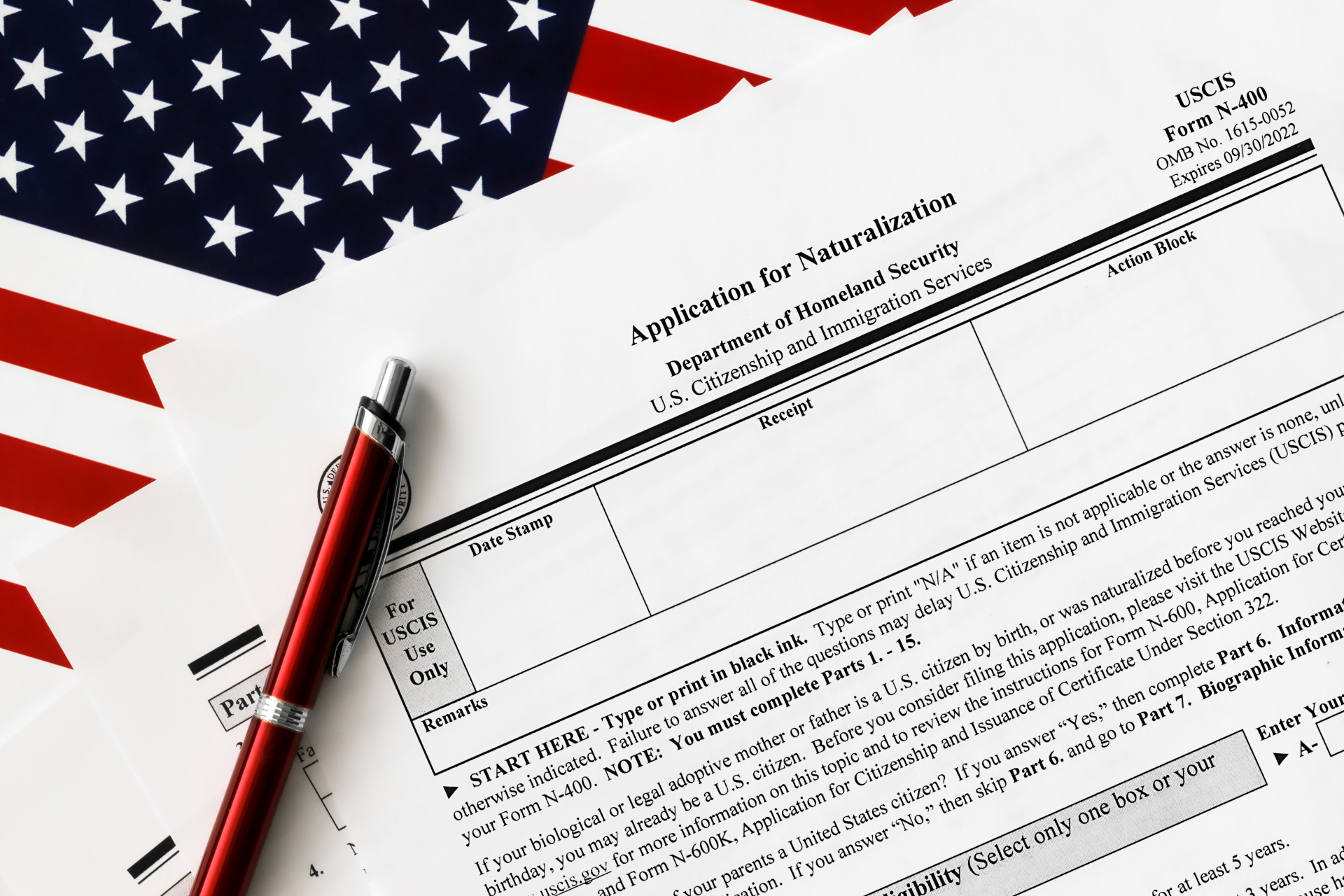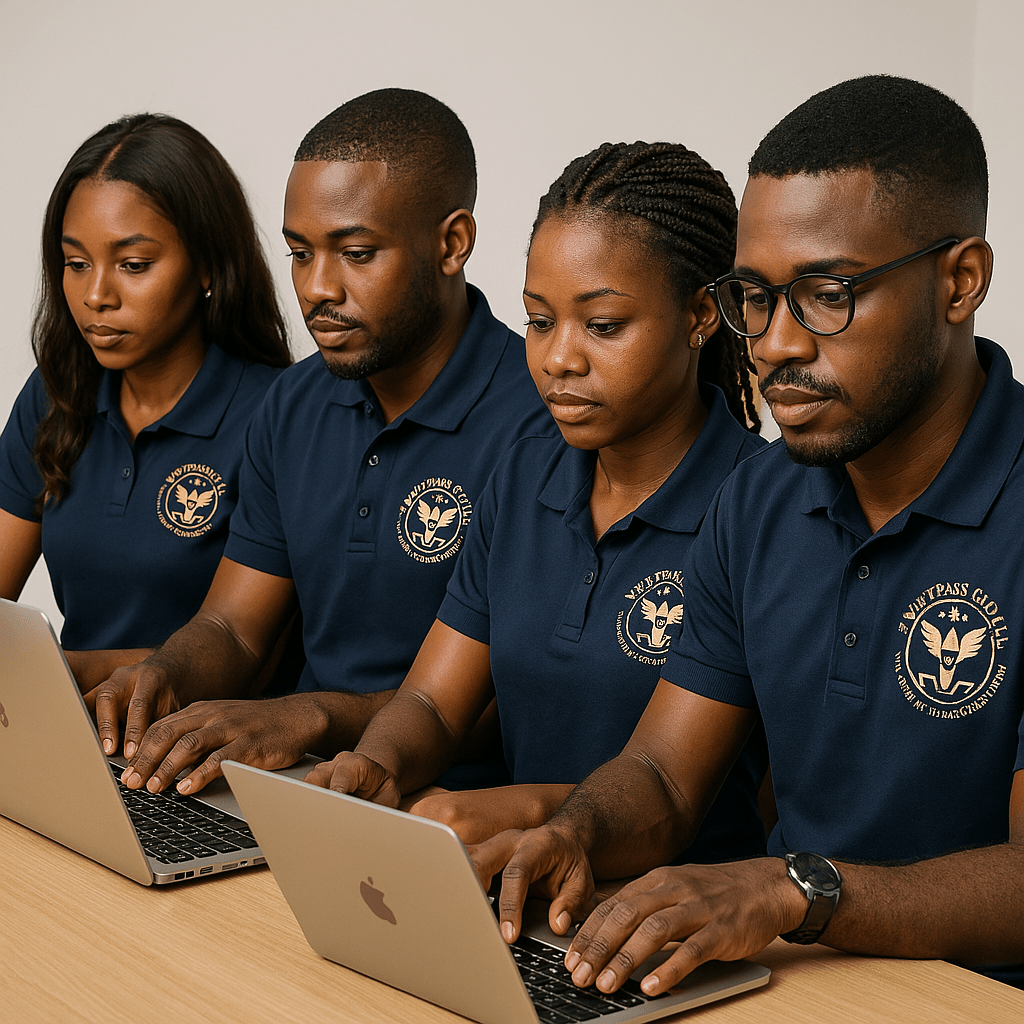- July 1, 2025
- Comments: (0)

For many international couples, the journey to a shared life in the United States culminates in a final, significant step: naturalization. The process of becoming a U.S. citizen is a milestone that offers security, a wealth of new rights, and the ability to participate in American society fully. If you’re married to a U.S. citizen, you may be eligible for an expedited path to citizenship.
This guide is for both of you—the non-citizen spouse dreaming of citizenship and the U.S. citizen spouse supporting your partner on this journey. We’ll break down the requirements, the application process, and the benefits of taking this important step together.
The “Three-Year Rule”: An Accelerated Path To Citizenship
A lawful permanent resident (Green Card holder) must typically wait five years before applying for U.S. citizenship. However, as the spouse of a U.S. citizen, you may qualify for naturalization after just three years of being a lawful permanent resident.
To be eligible for this “three-year rule,” you must meet the following criteria:
- Be at least 18 years old.
- Be a lawful permanent resident for at least three years.
- Have been living in a “marital union” with your U.S. citizen spouse for the entire three-year period. This means you have been living together as a married couple.
- Your U.S. citizen spouse must have been a citizen for three years.
- Meet the continuous residence and physical presence requirements. We’ll detail these below.
- Be able to read, write, and speak basic English.
- Demonstrate a knowledge of U.S. history and government (civics).
- Be a person of good moral character.
It is important to note that you must remain married to your U.S. citizen spouse until you take the Oath of Allegiance.
Understanding Residence & Physical Presence
Two key requirements for naturalization are “continuous residence” and “physical presence.”
a) Continuous Residence: You must have resided continuously in the United States for at least three years immediately before filing your Form N-400, Application for Naturalization. You must also reside in the USCIS district or state where you claim residence for at least three months before filing. Extended trips outside the U.S. (generally six months or more) can disrupt your continuous residence.
b) Physical Presence: You must have been physically present in the United States for at least 18 months (548 days) out of the three years immediately preceding the date you file your application.
The Application Process – A Step-by-Step Guide
The naturalization process involves several steps, each requiring careful attention to detail.

1. Prepare and File Form N-400: The Form N-400 is the official Application for Naturalization. You can file this form online. Be sure to complete it accurately and honestly. You can file up to 90 days before you meet the three-year continuous residence requirement.
2. Gather Supporting Documents: You will need to submit several documents with your application, including:
- A copy of your Permanent Resident Card (Green Card).
- Your marriage certificate.
- Proof of your spouse’s U.S. citizenship (e.g., a copy of their birth certificate, Certificate of Naturalization, or U.S. passport).
- Documents proving your marital union, such as joint tax returns, joint bank account statements, a lease or mortgage in both your names, or birth certificates of any children you have together.
- Any other documents relevant to your case, such as divorce decrees from prior marriages.
3. Attend a Biometrics Appointment: After you file your application, U.S. Citizenship and Immigration Services (USCIS) will schedule you for a biometrics appointment. At this appointment, they will take your fingerprints, photograph, and signature for background checks.
4. The Naturalization Interview: USCIS will schedule an interview at a local field office. A USCIS officer will review your application and documents with you and ask questions about your eligibility. During the interview, you will also take the English and civics tests.
5. Receive a Decision: After your interview, USCIS will issue a decision on your application. If your application is approved, you will be scheduled for an oath ceremony.
6. The Oath of Allegiance Ceremony: This is the final step in the naturalization process. You will take the Oath of Allegiance to the United States and receive your Certificate of Naturalization. At this moment, you officially become a U.S. citizen.
The Benefits Of U.S. Citizenship
Becoming a U.S. citizen opens up a world of opportunities and responsibilities. Some of the key benefits include:
- The Right to Vote: Participate in federal, state, and local elections and voice your opinion.
- Sponsor Family Members: As a U.S. citizen, you can petition for other family members, such as parents, married children, and siblings, to immigrate to the U.S.
- U.S. Passport: Travel freely with a U.S. passport and seek assistance from U.S. embassies and consulates abroad.
- Federal Jobs and Benefits: Many federal jobs and government benefits are only available to U.S. citizens.
- Citizenship for Your Children: In most cases, children born abroad to a U.S. citizen are automatically U.S. citizens.
- Protection from Deportation: U.S. citizens cannot be deported.
How SwiftPass Global Can Help

The naturalization process, while rewarding, can be complex and overwhelming. At SwiftPass Global, we understand the importance of getting every detail right. Our team of experienced immigration professionals can assist you every step of the way, from ensuring your application is complete and accurate to helping you prepare for your interview.
We specialize in providing affordable and reliable visa and immigration services, and our mission is to make your journey to U.S. citizenship as smooth and stress-free as possible. Let us handle the complexities so you can focus on building your future together in the United States.